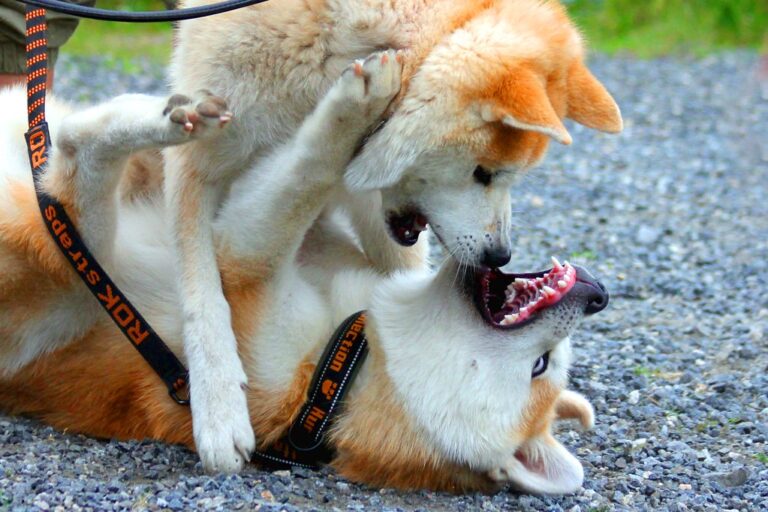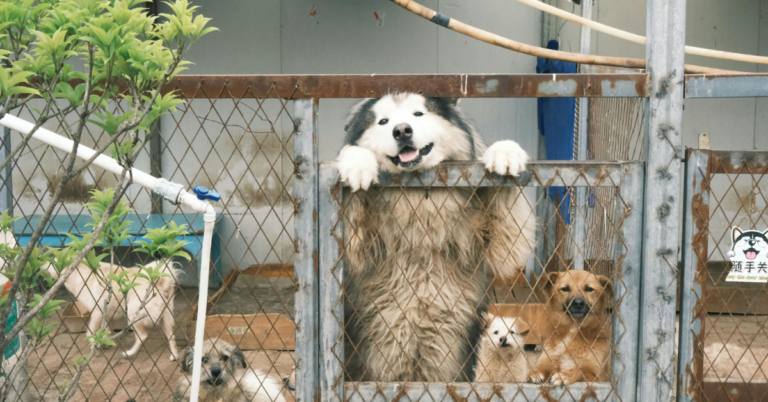How Koolies Became Australia’s Premier Cattle Dogs

Australia’s cattle industry owes everything to a dog breed most people have never heard of: Koolies. Koolies quietly shaped ranching across the continent, building their reputation by managing big livestock operations through pure skill and determination. Here’s everything you need to know about Australia’s best-kept secret in the cattle world.
The Way Early Australians Did It
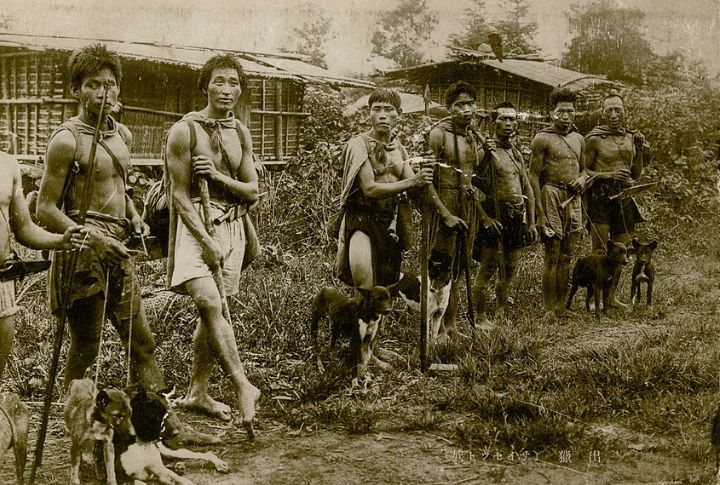
Long before European ships appeared on the Australian horizon, Aboriginal communities had already figured out something important about working with dogs. They spent thousands of years carefully breeding dogs that matched their specific needs across Australia’s challenging landscapes.
European Settlers Brought Collie Dogs Here

British settlers made room for their most treasured companions—Border Collies and Scottish herding dogs—who endured the long journey alongside their owners. These skilled animals would soon prove their worth to ranchers who desperately needed reliable livestock management solutions.
Crossbreeding Created Australia’s Working Dog Breed

Smart ranchers mixed imported ‘Collies’ with local dogs to make ‘Koolies’ during the mid-1800s. The crossbreeding worked perfectly by combining Scottish herding skills with Australian toughness. Australia finally had dogs designed specifically for harsh local conditions and demanding ranch work that regular breeds couldn’t handle.
Koolies Developed Strong Livestock Herding Skills
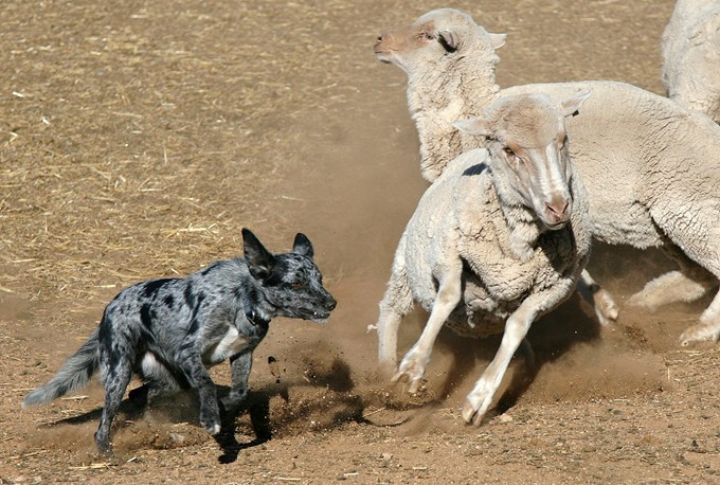
Over time, silent herding became Koolie’s special talent. It’s extraordinary the way they adapt to every herding challenge. Be it gathering sheep with wide arcs or expertly singling out individuals, they confidently leap across dense mobs when needed. Silent but never still, it’s safe to say that they have a better work ethic than most of us.
Koolies Adapted To Hot Australian Weather

Brutal Australian summers test every working dog’s limits. But over many generations, Koolies developed amazing heat tolerance and shorter coats that helped them stay cool. While other imported breeds struggled badly, these dogs worked easily in temperatures exceeding 100°F across scorching outback conditions.
Stockmen Chose Koolies Over Foreign Breeds
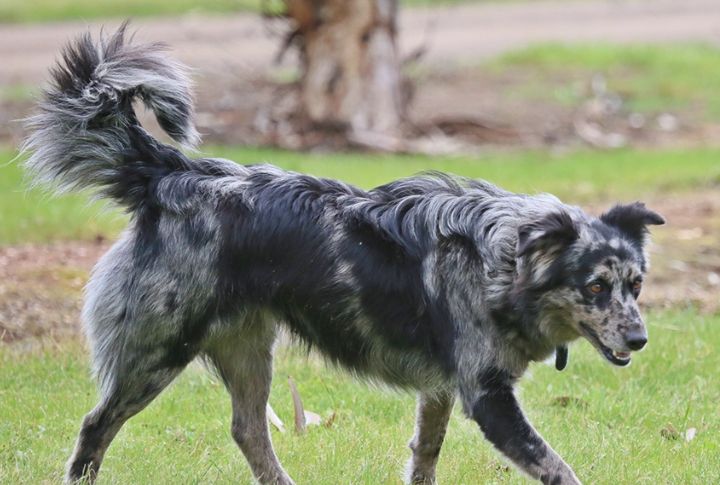
At first, Australian stockmen tried importing dogs from other regions, but the results were disappointing. The foreign breeds wilted in the sun, struggled with the terrain, and couldn’t read cattle like Koolies. It didn’t take long before Koolies became the go-to choice—tougher and better suited to life on the land.
Cattle Droving Required Tireless Working Dogs
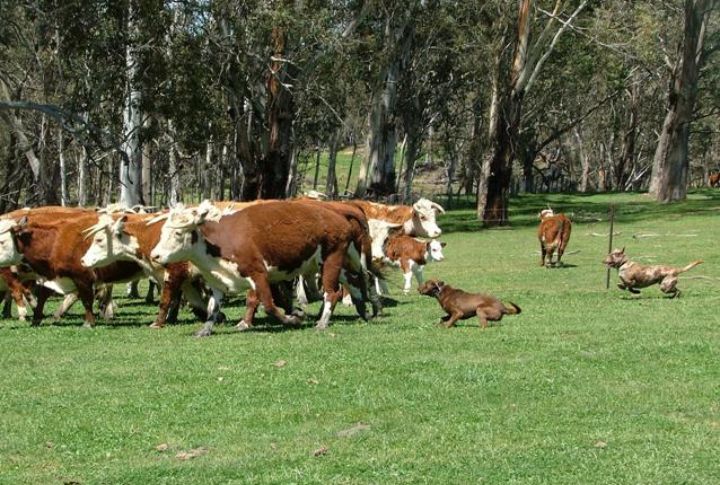
Long-distance cattle drives tested dogs beyond their limits as drovers moved thousands of cattle across hundreds of miles for weeks at a time. These journeys demanded endurance that most breeds couldn’t provide. However, Koolies consistently amazed experienced stockmen by maintaining peak energy levels throughout grueling operations.
Remote Cattle Stations Needed Smart Dogs
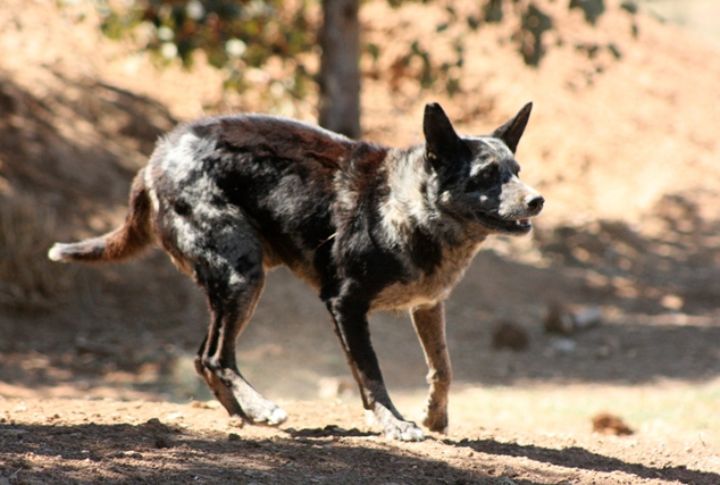
Australian cattle stations covered millions of acres during the 1800s. Station owners needed dogs that were more than just obedient—they had to be problem-solvers, capable of making quick decisions with no human guidance. Regular dogs couldn’t handle such challenging and isolated ranch work.
Koolies Mastered Silent Eye Herding Techniques

Eye contact became the Koolie’s most powerful tool for controlling the cattle. These dogs learned to freeze livestock with nothing more than an intense stare and then guide their movement through subtle body positioning. Expert Koolies could even separate individual animals from massive herds using only piercing eye contact.
Working Koolies Show Unique Merle Coats
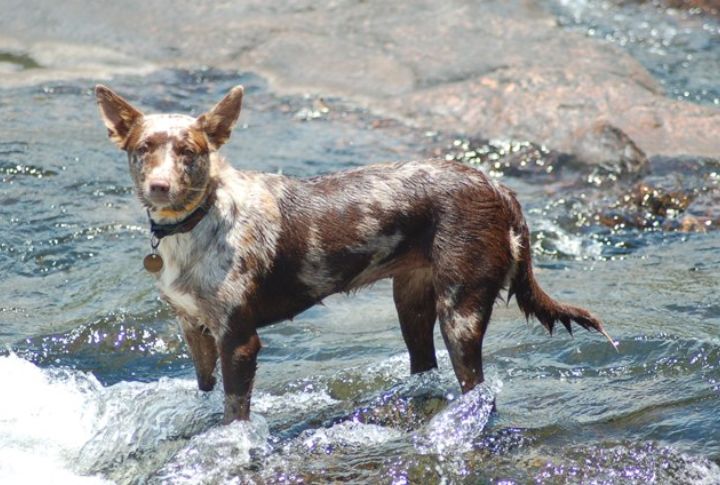
Every Koolie tells its own story through stunning merle patterns that create beautiful blue-gray mottled coats. Ranchers loved these markings because they could easily identify their dogs from a distance. These striking patterns also helped Koolies blend naturally with shadows and rocky terrain while working cattle.

